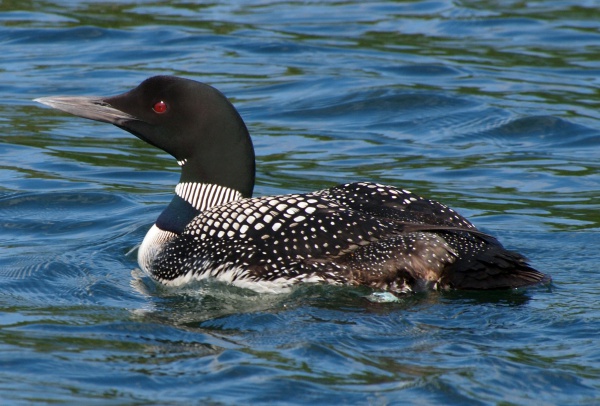Facts About Common loon
The common loon, also known as the great northern diver, is a sizable bird belonging to the loon family. During the breeding season, these birds can be found in Canada, the northern United States, southern Greenland, Iceland, and occasionally in Arctic Eurasia. In winter, they migrate to both coasts of the United States, extending as far south as Mexico, and can also be spotted along the Atlantic coast of Europe.
Common loons have a diverse diet comprising fish, crustaceans, insect larvae, mollusks, and even some aquatic plants. They are monogamous and build substantial nests from dead marsh grasses. Each year, they raise a single brood from a clutch of one or two eggs, with chicks fledging in about 70 to 77 days.
These birds are not considered endangered and are listed as a species of least concern on the IUCN Red List. They hold a special place in Canada, serving as the provincial bird of Ontario and featuring on Canadian currency. Taxonomically, the common loon belongs to the genus Gavia and has no recognized subspecies. They exhibit distinctive plumage that changes between the breeding and non-breeding seasons.
Common loons are expert fishers, capable of diving as deep as 60 meters to catch their prey. They are efficient underwater hunters and can fly long distances during migration. Their vocalizations include a variety of calls such as the tremolo, yodel, wail, and hoot, each conveying different messages.
These birds have long lifespans, with survival rates exceeding 90% until they reach their mid-20s, after which their survival rates decline. Older males tend to become more territorial, a behavior thought to be a terminal investment before they die.
